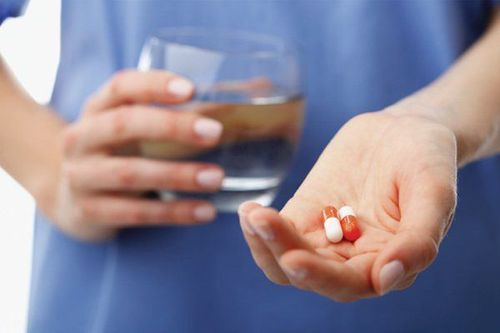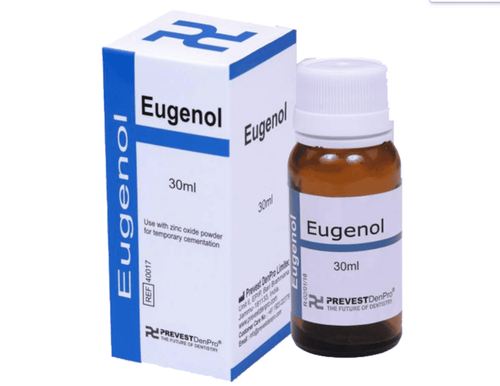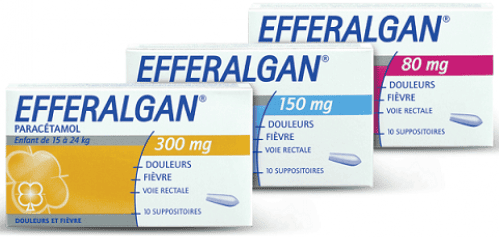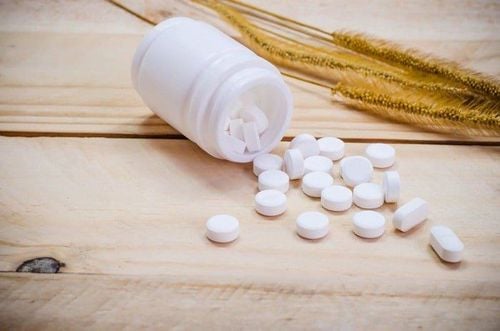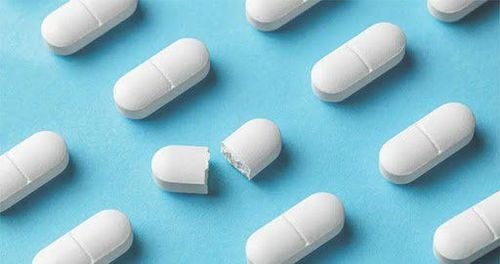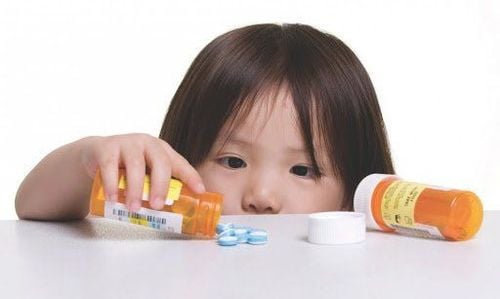This is an automatically translated article.
Optafein is a non-steroidal anti-inflammatory, analgesic, and anti-inflammatory drug belonging to the group of non-steroidal anti-inflammatory drugs (NSAIDs). For more detailed information about the uses and indications for using Optafein, you can refer to the article below.1. Ingredients and dosage form of Optafein
Ingredients in the drug include:
Acetaminophen ; Caffeine; Other sufficient excipients. Dosage form: Optafein is in the form of film-coated tablets.
2. Indications for taking Optafein
Optafein is used to treat mild to moderate pain such as:
Headache; toothache; Sinusitis ; Sore joints; Dysmenorrhea ; Cold.
3. Mechanism of action of the drug Optafein
Optafein is formed by 2 main ingredients, Acetaminophen and caffeine. Therefore, the mechanism of action of optafein is the mechanism of these two components:
Acetaminophen or N - acetyl - p - aminophenol: Is an active metabolite of Phenacetin, an effective analgesic and antipyretic drug that can replace Aspirin substitute. However, unlike Aspirin, Acetaminophen is not effective in treating inflammation. In equal doses in grams, Acetaminophen has analgesic and antipyretic effects similar to Aspirin. Acetaminophen with therapeutic doses has little effect on the cardiovascular and respiratory systems, does not change the acid-base balance, does not cause irritation, scratch or gastric bleeding as when using Salicylate, because the drug does not affect the whole cyclooxygenase only affects the cyclooxygenase/prostaglandin of the central nervous system.
Caffeine is an active ingredient of xanthine derivatives extracted from coffee, cocoa or synthesized from uric acid. Caffeine has a pronounced effect on the central nervous system. Active caffeine is rapidly absorbed through oral and parenteral routes, with oral bioavailability of over 90%. The drug reaches maximum plasma concentrations about 1 hour after oral administration. The drug has a half-life of 3-7 hours and is eliminated in the urine. Caffeine preferentially stimulates the cerebral cortex to reduce feelings of fatigue, sleepiness, increase cortical excitement, increase sensory perception, so the ability to work more clearly. However, if caffeine abuse is continuous and prolonged, after the euphoria phase, it is inhibited, and worse, it causes vibratory seizures.
Pharmacological caffeine helps stimulate the heart to beat faster, increase cardiac and coronary flow but less effective than Theophylline. In addition, caffeine also stimulates the respiratory center, dilating the bronchi and pulmonary vessels. This effect is more pronounced when the respiratory center is inhibited. At the same time, it also reduces intestinal motility, causing constipation; increased secretion of gastric juice; relaxes vascular, coronary, bronchial, and gastrointestinal smooth muscle; renal vasodilation, increased glomerular filtration rate; reduce Na + reabsorption, so it has a diuretic effect; increase skeletal muscle activity, increase metabolism.
4. Dosage - How to take Optafein
Dosage of Optafein:
Dosage for adults: Take 1-2 tablets/time, every 6 hours while still having pain symptoms. Patients absolutely do not take more than 8 tablets / day. Dosage for children under 12 years old: The drug is used as prescribed by the doctor and should be used with pharmaceutical products containing a smaller amount of Acetaminophen, mixed powder or oral suspension,... How to use Optafein:
Take Optafein with a single dose. full cup of water. Since the drug is not affected by food, it can be taken with a meal or before or after a meal. Note:
Optafein should not be used for more than 10 days in adults and more than 5 days in children. In case of taking Optafein but the disease does not improve, it is necessary to consult a doctor for appropriate drug adjustment. When taking an overdose of Optafein, it is necessary to ask a relative to take him to the nearest medical facility for timely treatment: The patient should be given activated charcoal dose of 50g for adults, 1g/kg of body weight for children or children. Perform gastric lavage as soon as possible, preferably within 4 hours of taking the drug. Patients should be promptly checked for Acetaminophen plasma concentrations. If the concentration is too high, intravenous or oral N-acetylcysteine within 36 hours of taking Paracetamol. In the absence of N-acetylcysteine, Methionine can be used. In more severe cases, the patient needs to be dialysis, and treat symptoms and complications if any.
5. Contraindications to taking Optafein
Optafein should not be used in the following cases:
For pregnant or lactating women, absolutely do not use the drug for more than 10 days to relieve pain or more than 3 days to reduce fever unless indicated. doctor. Patients with allergies or hypersensitivity to Acetaminophen or any of the excipients of the drug. Patients with glucose-6-phosphate dehydrogenase deficiency. The drug affects the metabolism of the liver, so it should not be used in subjects with severe liver failure.
6. Optafein interaction with other drugs
Coumarin anticoagulants and Indandion derivatives when used with Optafein will increase the effect of anticoagulants. Stimulants, alcohol, and alcohol when used concurrently with Optafein increase the risk of hepatotoxicity. Anticonvulsants Phenytoin, Barbiturates, Carbamazepine may increase the harmful effects of Acetaminophen on the liver. Phenothiazine or other antipyretic therapy when used in combination with Optafein increases the antipyretic effect excessively.
7. Side effects when taking Optafein drugs
When taking Optafein for a long time, high doses can cause liver cell failure, skin rashes and other allergic reactions.
Other common side effects include:
Insomnia; Tired; Jitter; Vomit; Stomach irritation. Optafein is a non-steroidal anti-inflammatory, analgesic, and antipyretic drug for the treatment of mild to moderate pain. Because Optafein is a prescription drug, patients should not use it on their own, but need to contact a specialist directly for a suitable prescription to ensure safety for health.




